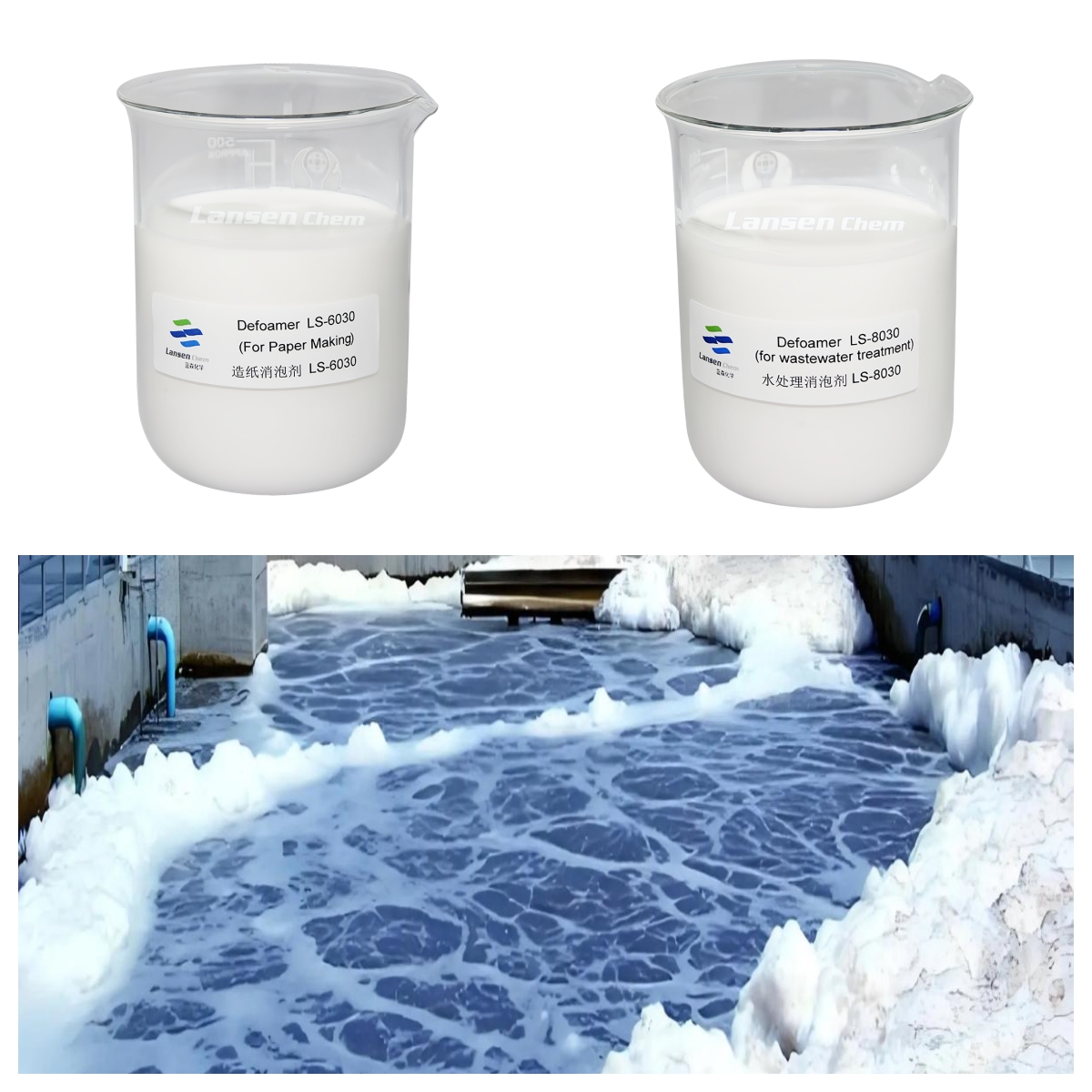Organic defoamer such as mineral oils, amides, low alcohols, fatty acids, fatty acid esters and phosphate esters has been studied and applied earlier, belonging to the first generation of defoamer, which has the advantages of easy access to raw materials, high environmental performance and low production cost. The disadvantages are low defoaming efficiency, strong specificity and harsh use conditions.
Polyether defoamer is the second generation of defoamer, which mainly includes straight chain polyether, polyether with alcohol or ammonia as the starting agent and polyether derivatives with end group esterification. The biggest advantage of polyether defoamer is its strong anti-foam ability. In addition, some polyether defoamer has excellent properties such as high temperature resistance, strong acid and alkali resistance. The disadvantages are that the use conditions are limited by temperature, the use field is narrow, the defoaming ability is poor, and the bubble breaking rate is low.
Silicone defoamer (the third generation of defoamer) has the advantages of strong defoamer performance, rapid defoamer ability, low volatility, no toxicity to the environment, no physiological inertia, wide range of use, etc., so it has broad application prospects and huge market potential, but the foam suppression performance is poor.
Polyether modified polysiloxane defoamer has the advantages of polyether defoamer and silicone defoamer at the same time, which is the development direction of defoamer. Sometimes it can also be reused according to its reverse solubility, but the types of such defoamer are small, still in the research and development stage, and the cost of production is high.
Contact details:
Lanny.Zhang
Email : Lanny.zhang@lansenchem.com.cn
Whatsapp/wechat: 0086-18915315135
Post time: Apr-15-2025


